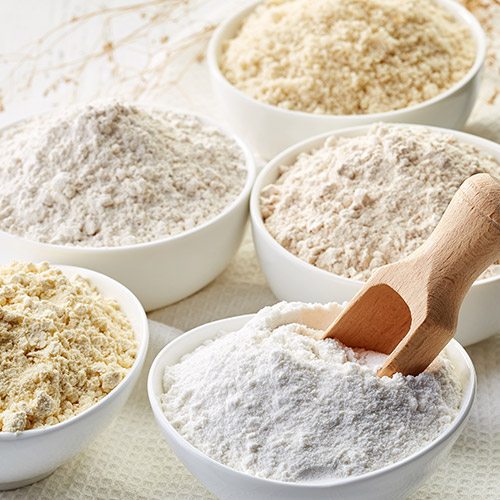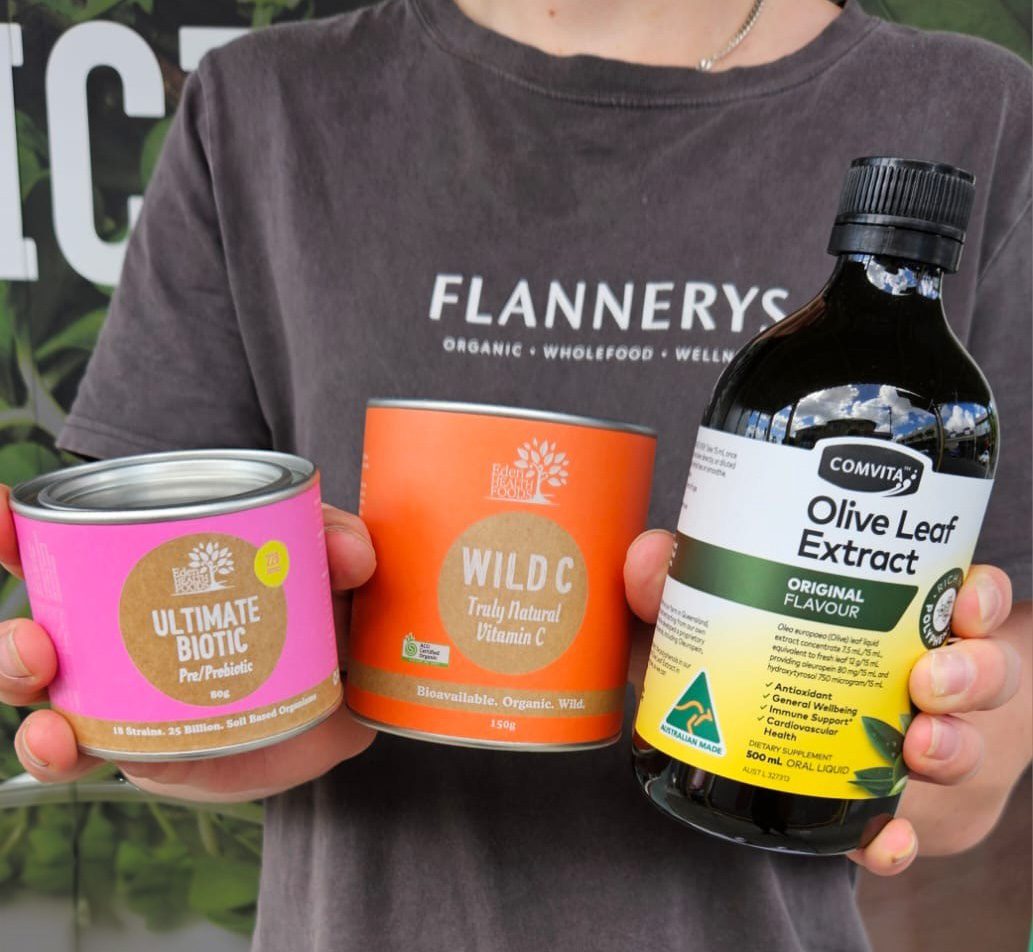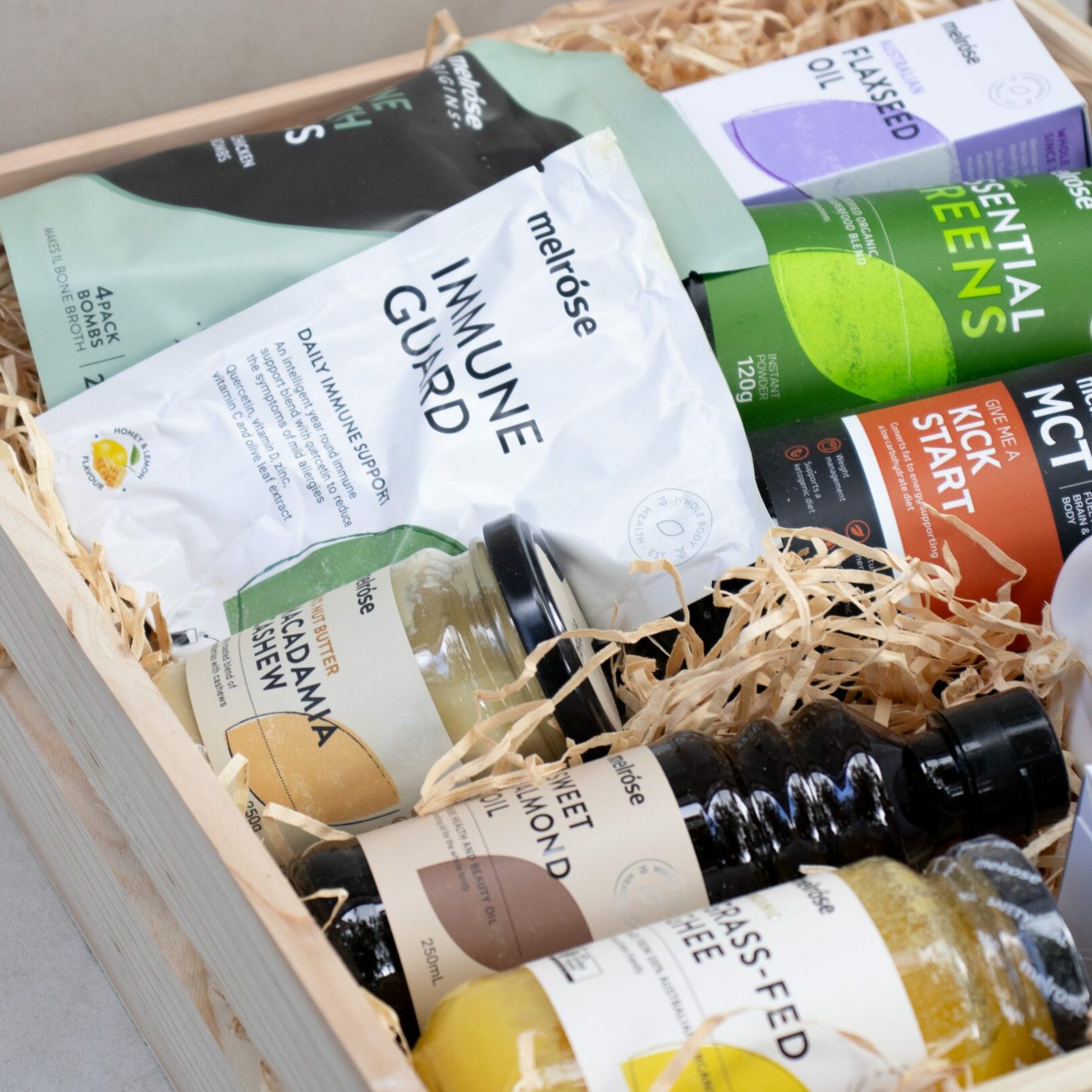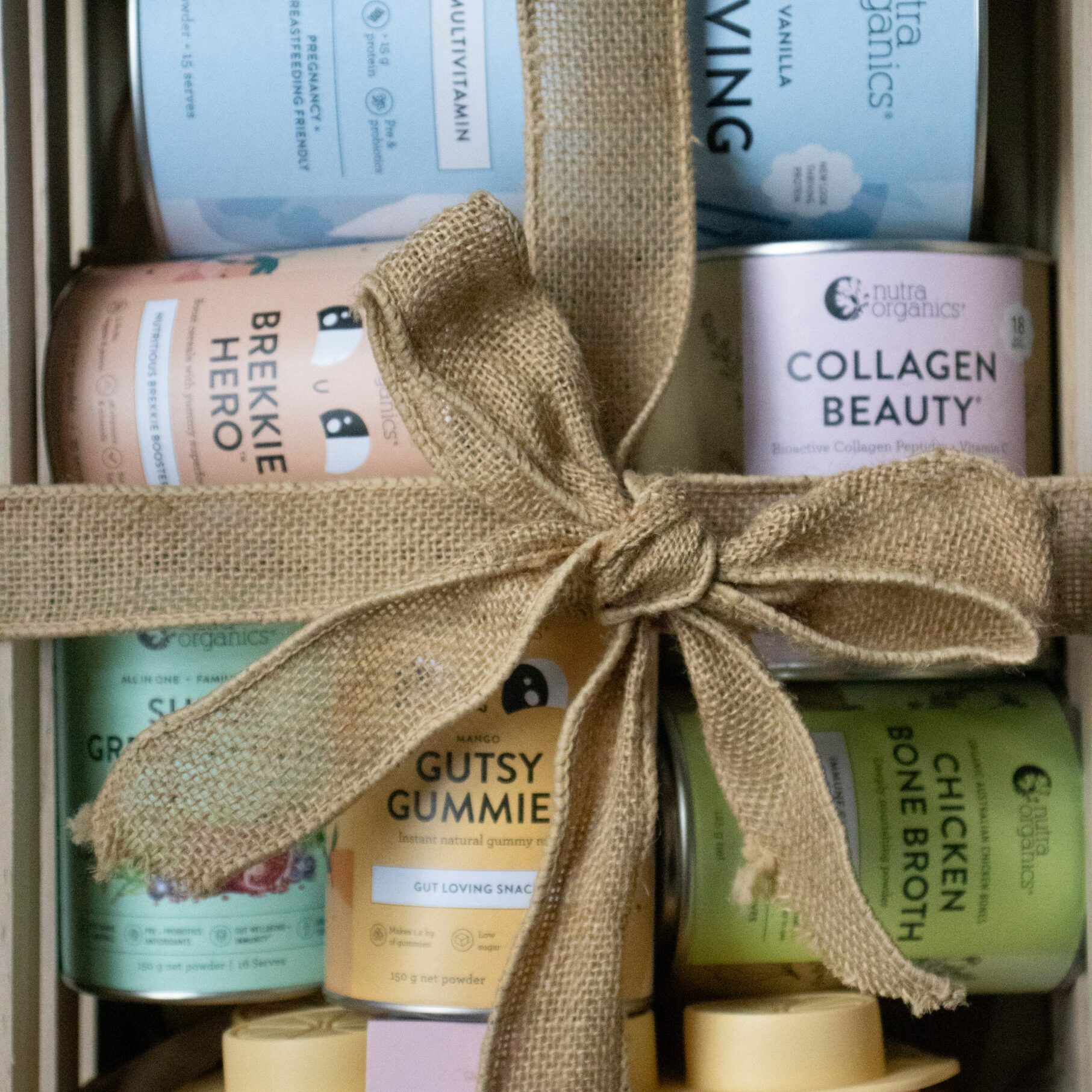
29.09.2017
The ultimate gluten-free baking substitute guide
Trying to create your favourite baked goods with gluten-free alternatives can be a tricky business. Especially because gluten plays an important role in baking, such as binding, providing structure and elasticity, and helping to retain moisture.
When first experimenting with gluten-free baking, many people find their baked goods turn out crumbly, flat and dry. This is where specific gluten-free substitutes are so important. So we’ve done the work for you and put together a guide on how to bake with gluten-free ingredients to help your transition run as smooth as your next loaf of gluten-free bread.
All-purpose and self-raising flours
Trying to replace traditional all-purpose flour with a gluten-free flour, such as coconut, at a ratio of 1:1, won’t work. Use the following mixes from the art of gluten-free baking instead:
All-purpose gluten-free flour mix:
1 ¼ cup brown rice flour
1 ¼ cup white rice flour
1 cup tapioca flour
1 cup sweet/glutinous rice flour
1 ½ tsp xantham gum
If you can’t find sweet rice flour (although it is ideal), the following mix can also be used:
1 ¼ cups sorghum flour
1 ¼ cups millet flour
1 cup potato starch
1 cup potato flour
Self-raising gluten-free flour:
1 cup of the above all-purpose flour mix
1 ½ tsp Flannerys Own gluten-free baking powder
¼ tsp salt
Tip: when substituting flours, do so by cups rather than weight.
Stock up on xanthan gum
One ingredient in particular will become a staple in your new gluten free baking regime: xanthan gum. Arguably the most similar in its binding capabilities to gluten, you only need approximately ¼ teaspoon per 1 cup of flour. Without adding even a small amount of xanthan gum to help ingredients bind, you may find your baked goodies turn out crumbly.
Note: guar gum can also be used; however, typically doesn’t provide the same elasticity as xanthan gum.
Nut flours
Nut flours add plenty of nutrients, including good fats and protein, to baked goods. However, in some recipes they may add a gritty texture or be too heavy. They work well in pancakes and other ‘less delicate’ foods than cakes.
Coconut flour
Coconut flour adds a delicious taste. It tends to absorb a lot of liquid, so you’ll only need 1/4 – 1/3 cup coconut flour for 1 cup plain flour. You’ll also need to add extra liquid, for example an extra egg. This will vary depending on the recipe and how much liquid is called for.
General substitutes for 1 cup of plain flour
Amaranth flour: ¼ cup
Buckwheat flour: 3 tbsp
Coconut flour: 1/4 – 1/3 cup
Nut flour: 1/4 cup
Quinoa flour: 1/4 cup
Rice flour: 1/3 cup
Note: these will vary depending on other dry and liquid ingredients used in recipes.
Share this post with your friends






